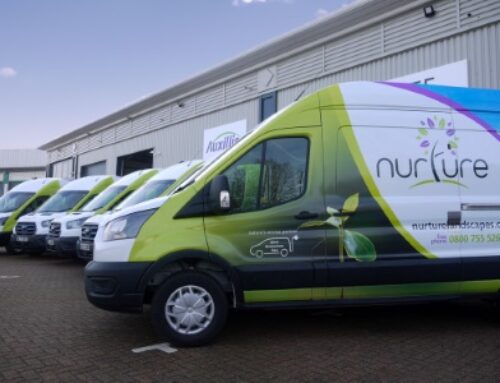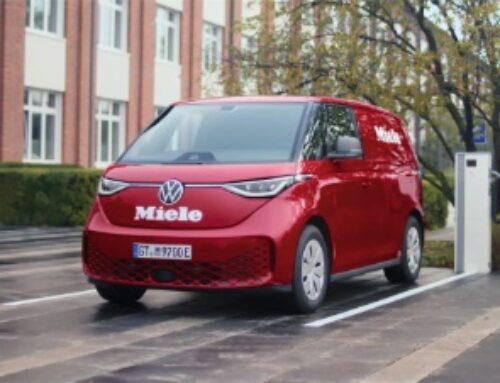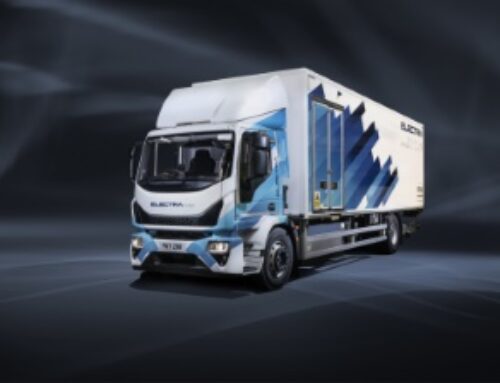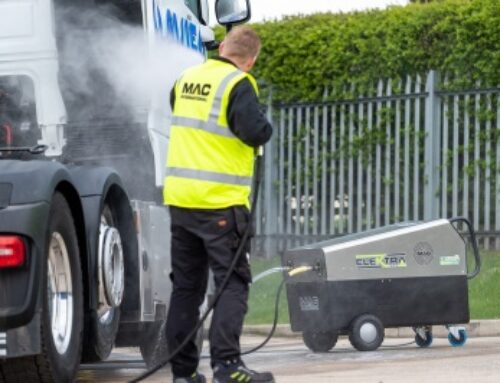Telematics: cost reducer or revenue generator?
 Freight exchange platform the Transport Exchange Group has highlighted the potential value of telematics as an active generator of revenue, as opposed to simply a means of reducing costs.
Freight exchange platform the Transport Exchange Group has highlighted the potential value of telematics as an active generator of revenue, as opposed to simply a means of reducing costs.
“It’s been said that there are only three things important in business: find new revenue from new customers, generate more revenue from existing customers, and control costs,” said Simon Bunegar, head of business development at the Transport Exchange Group.
“Everything else, so the philosophy goes, must serve one or more of those three. Typically, the ‘value’ of telematics has been focused almost entirely on the third of those, controlling costs.
“Whether it’s leaner running (e.g. fuel), lowering risk (e.g. insurance) or just reducing vehicle maintenance costs, the benefits are consistently measured in terms of potential savings. At the Transport Exchange Group we’ve found that implementing telematics, whatever the fleet size, can also have a powerful impact on the other two areas – helping generate extra revenue.”
The Transport Exchange Group says it supports fifteen of the largest telematics providers, and is adding more all the time. It emphasises what it calls ‘the value of visibility’, which it says is worth many thousands of pounds per year for an average Exchange member.
“Analysis of over 4,500 companies that are active on Courier Exchange or Haulage Exchange at any given time has shown us that those with telematics-enabled vehicles are earning on average over 40 per cent more than those without tracking,” said Simon Bunegar.
“Digging deeper we found that these companies are finding both more work and getting higher rates than the Exchange averages, so why is this?”
He continued: “Most importantly, the transport business is all about location. It’s about being in and getting to the right place at the right time consistently. As an industry vehicle empty running is typically around 30 per cent. So nearly a third of the time fleet assets are actually in the wrong place.
“Here’s where telematics and new collaborative technologies like the Exchange’s SCALE (Smart Context and Location Engine) come in.
“We allow members to show, in real-time, their available vehicle locations. Other members looking for capacity can then quickly find vehicles that match their needs, helping fill those empty miles or getting time-critical work would otherwise not get covered.”
Simon added: “In the transport industry trust and reputation are everything. Businesses succeed or fail based on their ability to keep their word to their customers. This is a factor that frequently prevents transport companies from collaborating, particularly on the most important jobs.
“Here again, a telematics-empowered fleet can make all the difference. On the Exchange, members can specify Smart Alerts that use the telematics of their chosen carrier, whatever the provider, to send programmed updates and moving-map links to their controllers and/or customers at every step of the way (typically ‘1 mile from pick-up’, ’every 15 minutes’ and ‘1 mile from drop-off’).
“When they can do this, we’ve found that members posting available loads on the Courier Exchange and Haulage Exchange will often agree premium rates.”










